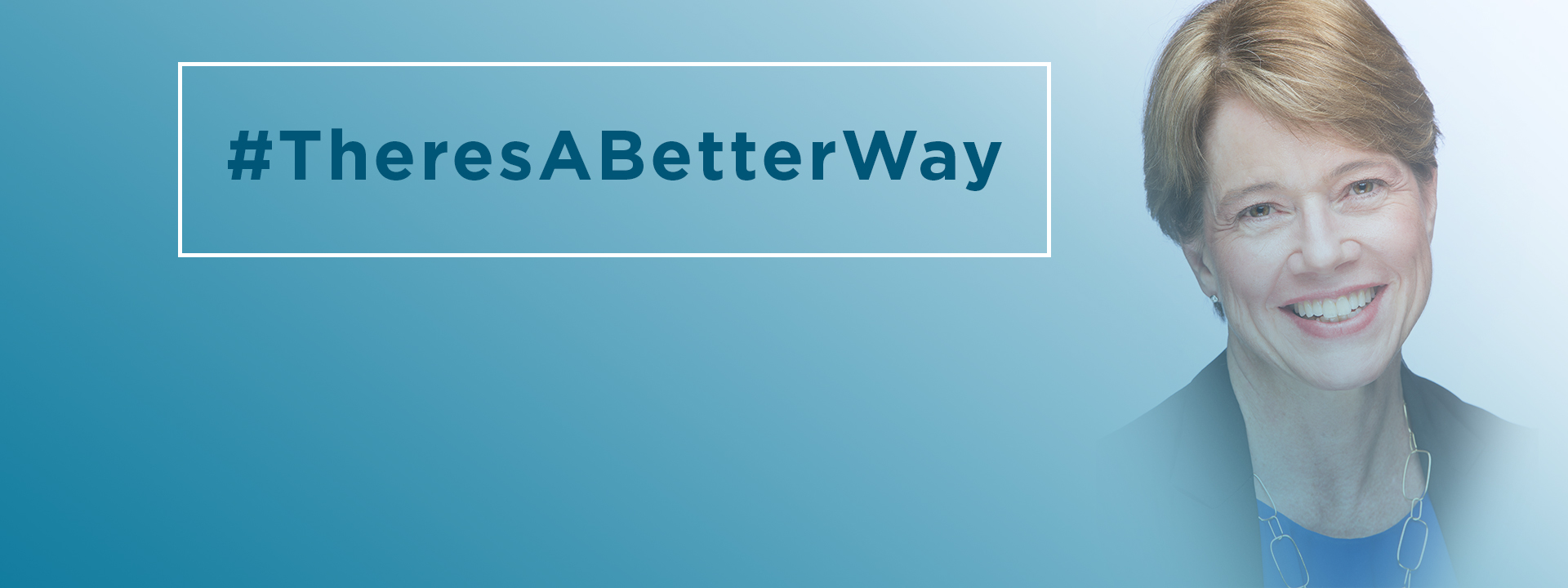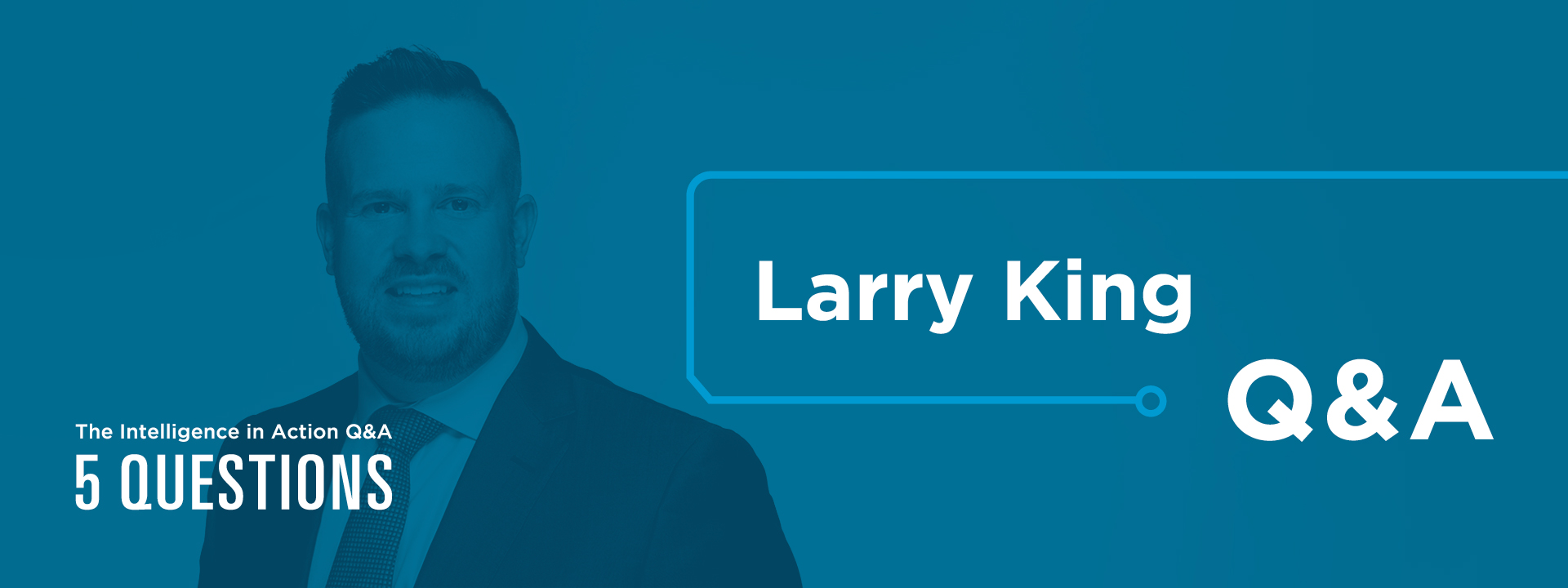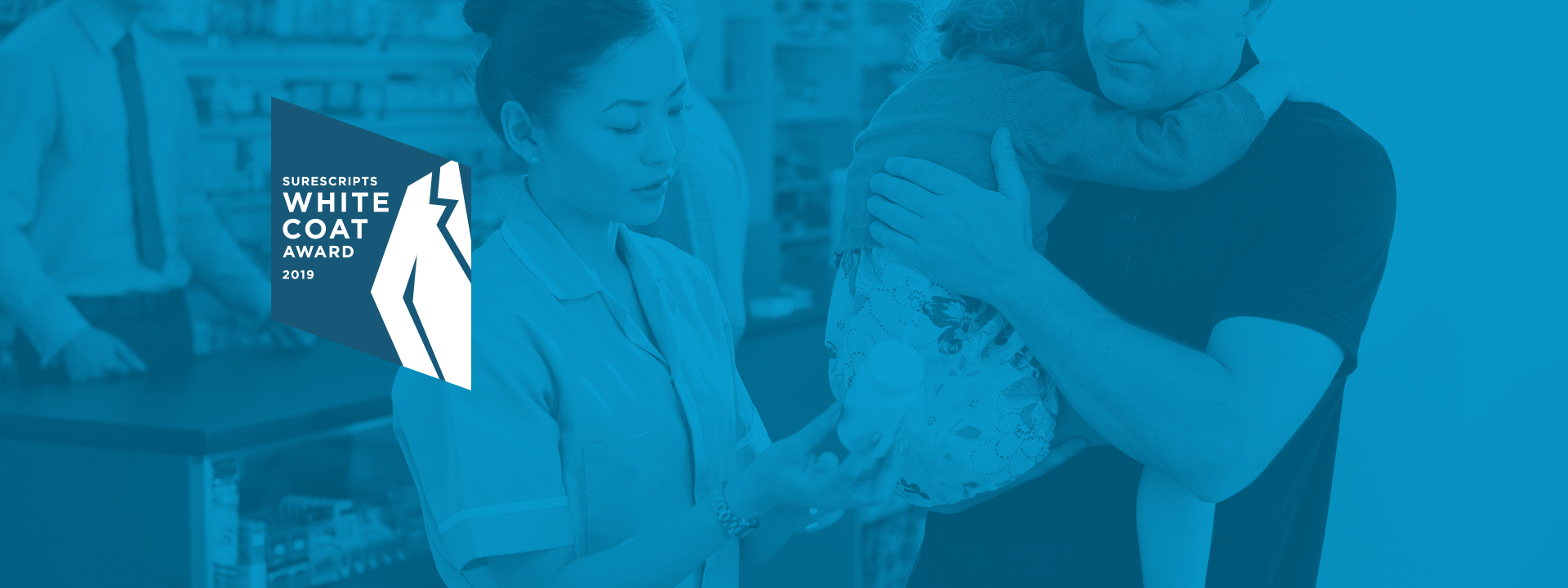I am passionate about healthcare. I have spent most of my career working with technologies aimed at making healthcare better. And they do. But we still have so far to go.
One way to test the healthcare system is to move. I speak from experience. Two years ago, I joined Surescripts and moved with my family to Washington, D.C., after living in Boston for almost 20 years. As soon as we settled in our new city, things started to get complicated. It was as if the entire system wanted to demonstrate what needs to be fixed in healthcare.
But before I share my story, let’s rewind a bit. To be fair, the healthcare system was showing its fragmented state before I even packed my bags.
When we were growing up, my brother and I used to play the card game, 52 Pick-Up, with my grandmother. We’d stand on a couch with 52 playing cards in our hand and spray them all over the living room floor. Then we’d race to see who could pick up the most cards the fastest.
That’s what I had to do with my medical records—a real-life 52 Pick-Up. I had lived in a few parts of Boston over the years, so my medical records were spread across the city. And because of my experience in health IT, I knew that my old health providers would likely not be able to electronically transfer my records to my new provider if they were using incompatible electronic health record (EHR) systems.
So before we moved, I dutifully visited each of my providers and obtained copies to bring to my new home—paper copies. And yes, the irony of the fact that I can instantly and electronically transfer money around the world, but I can’t transfer my own medical records to new providers or across state lines is not lost on me, nor you, most likely.
In contrast, my husband had a completely different experience. No 52 Pick-Up required. His Boston providers were using the same EHR system as his new D.C. providers. His records transferred seamlessly. So there’s progress out there, if you’re lucky.
A few months after our move, it was time for me to pick up a refill for a regular medication I’ve taken for years, but this time in a new city with a new doctor, a new health plan and at a new pharmacy.
Bad combination.
The pharmacist told me it would cost me well over $500 out of pocket. I asked if, perhaps, the medication required a prior authorization. The pharmacist checked, and indeed it did. Thus ensued a two-week runaround further complicated by one snafu after another. I had to get on the phone with my doctor and return to the pharmacy three times before finally picking up my refill at a reasonable price. And in the end, it wasn’t even my originally prescribed medication—it was a therapeutic alternative on my formulary. Who knew?
Fast-forward to this year. It’s January, and time for a refill. This time, the pharmacist called to tell me that the medication needed a prior authorization (I knew this) and asked if I’d prefer to pay cash. Huh? I asked him to initiate the prior authorization and he agreed to do so. However, the pharmacist also asked me to call my doctor’s office to speed up the process. I called and my doctor told me to call my health plan to see if there was a lower-cost alternative. I did. And there wasn’t. The prior authorization had to go in.
While this is frustrating for anyone, I’m at a slight advantage in knowing the system. But I also know that there’s a better way. The technology exists to ensure that my providers have the benefits-based price for my prescription—at the point of care and in their EHR workflow. And the technology exists to display therapeutic alternatives and automatically initiate a prior authorization. I learn about and work with these powerful technologies at Surescripts every day.
The hours spent by me, my doctor, my health plan and the pharmacist did not need to be spent. The delay I experienced once again in getting my refill did not need to happen. And I should not need to copy my records and carry them in folders to my providers.
In healthcare, we simply have to think about these everyday problems systemically. One doctor cannot solve them alone. One pharmacist cannot solve them alone, nor can one pharmacy benefit manager or EHR. To replace siloed care with interoperability and prescription price transparency requires an all- hands-on-deck approach. All sides of the healthcare marketplace must work together, supported by technology, to get it right.
I want my providers to be able to electronically pull my care records from wherever I’ve been seen. I want my doctor to be able to select the medication that is right for me, both therapeutically and financially, and automate any necessary authorization.
But unless we deploy the technologies that deliver actionable, patient-specific information to the point of care, the faxing, phone-calling and paper-copying will continue. Providers will continue to spend hours in administrative swirl, with the attendant cost and care inefficiencies. Patients will continue to delay or avoid critical treatment. And all of this contributes to our exceedingly expensive and inefficient healthcare system.
My goals in healthcare right now are simple: No more paper copies in folders. No more putting the burden of keeping everyone in the loop on patients’ shoulders, especially when there’s an entire industry dedicated to removing such burdens—and successfully doing so for millions of patients each and every day. That’s all. Let’s make it happen.
To hear Melanie recount her patient journey in more detail, check out our newly launched video mini-series, There’s a Better Way. And stay tuned for more patient stories that illustrate #TheresABetterWay.


 Dean Riggott Photography
Surescripts
Dean Riggott Photography
Surescripts






